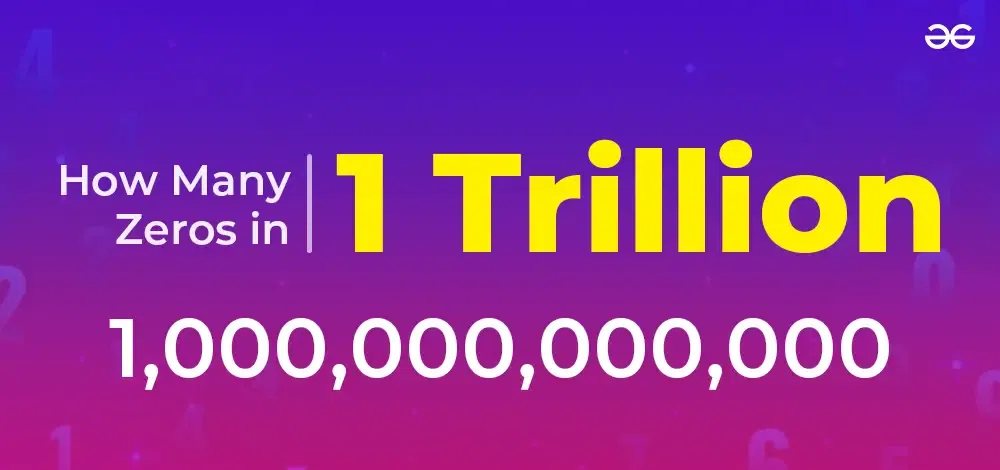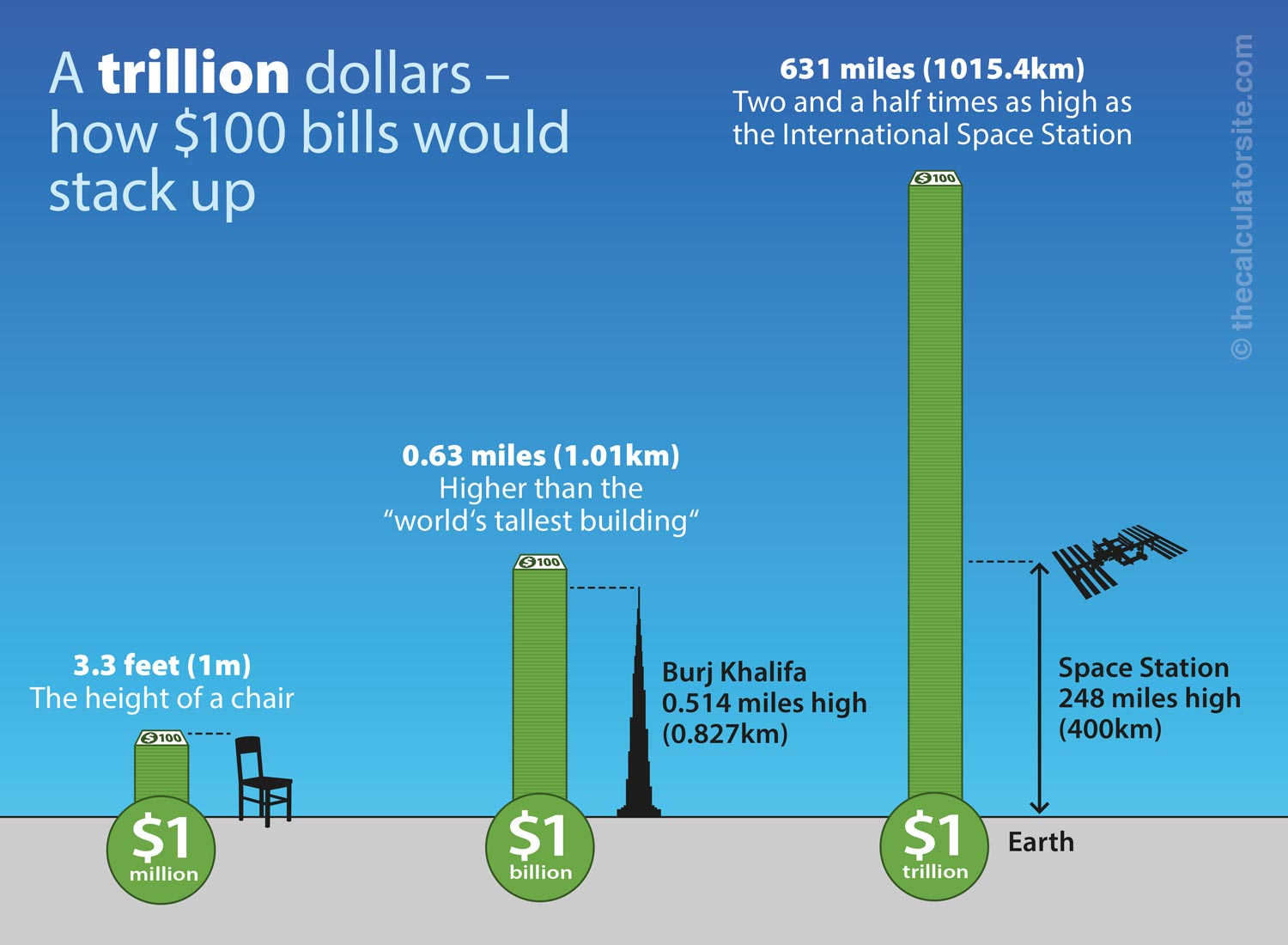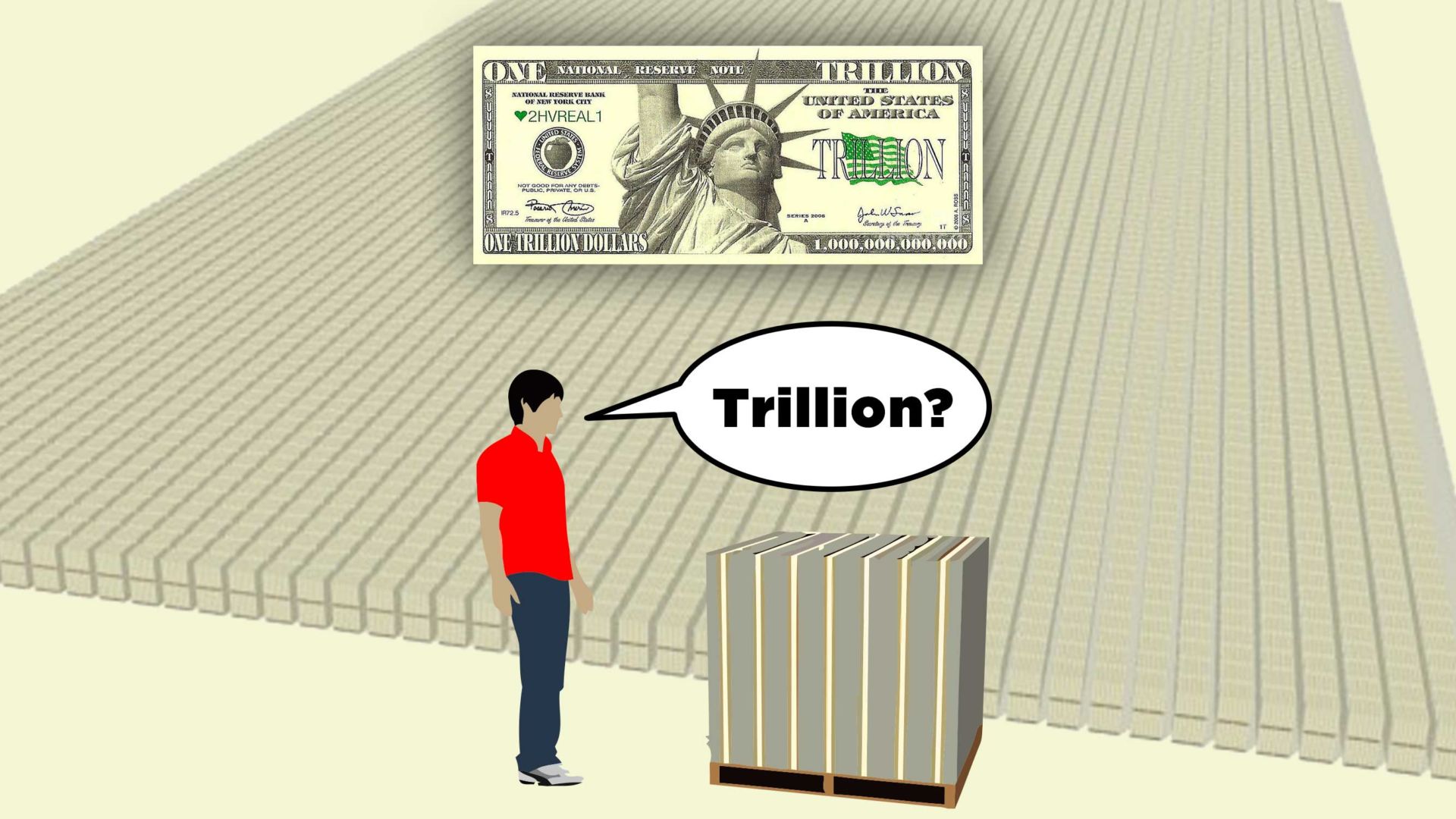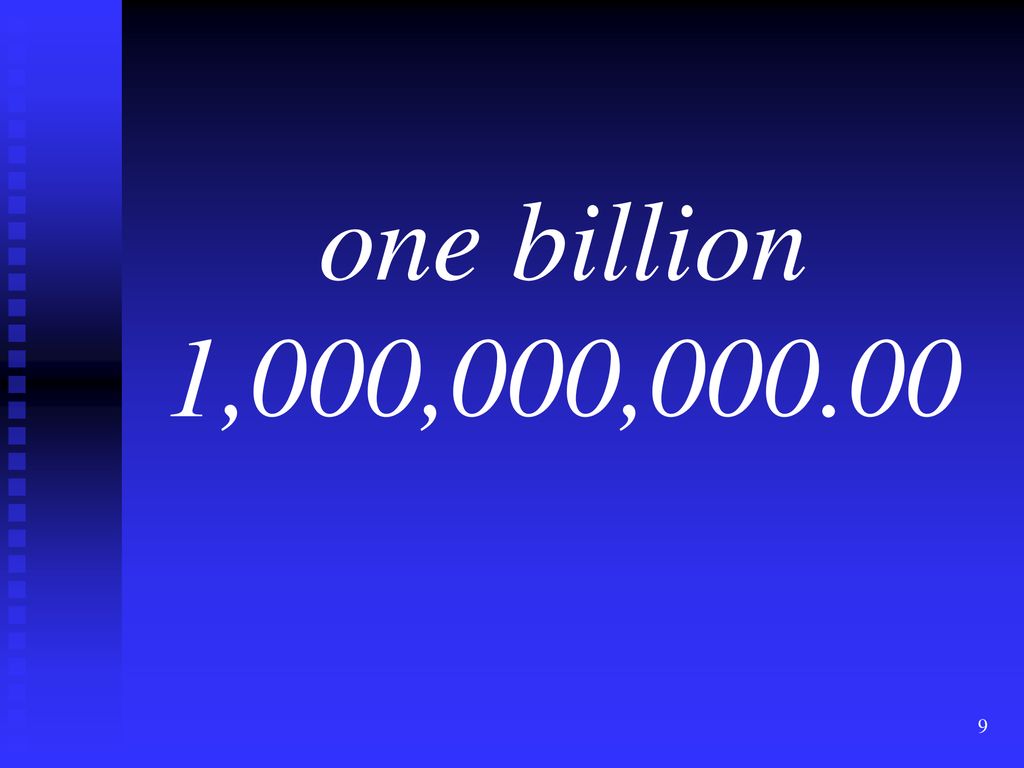1 Trillion Divided By 1 Million

The seemingly simple arithmetic problem of dividing one trillion by one million has become a focal point in understanding the scale of modern economic activity, particularly government spending and corporate valuations.
At its core, the calculation yields the number one million. However, the significance lies not in the numerical answer itself, but in what it represents within the context of immense financial figures.
This article examines the implications of this calculation and its relevance to current economic discussions.
The Straightforward Calculation
One trillion, expressed numerically, is 1,000,000,000,000. One million is 1,000,000. Dividing the former by the latter results in 1,000,000.
This means that one trillion contains one million units of one million.
While the math is simple, understanding the magnitude of these numbers is crucial for informed discussions about finance and economics.
Illustrating the Scale
To illustrate the scale, consider government budgets. Many national economies operate with budgets exceeding one trillion in their local currency. For example, the U.S. federal budget frequently surpasses this threshold.
If a program costs one million, then one trillion could fund that program one million times.
This perspective highlights the potential for large-scale investment and the scope of government influence on society.
Corporate Valuations and Market Capitalization
The calculation is also pertinent when evaluating corporate valuations. Several companies, particularly in the technology sector, have achieved market capitalizations exceeding one trillion.
A company with a trillion-dollar valuation could, in theory, acquire one million companies each valued at one million dollars.
This comparison illustrates the concentration of wealth and influence within a few dominant entities.
Impact on Public Understanding
The sheer size of these numbers can be difficult for the average person to grasp. Visual aids and relatable analogies are often used to bridge this comprehension gap.
For instance, imagining a stack of one trillion dollar bills can help contextualize the physical magnitude of such wealth.
However, such visualizations only scratch the surface of the complex economic forces at play.
The National Debt Perspective
The national debt of many countries is expressed in trillions. For example, the U.S. national debt is currently in the tens of trillions.
Understanding that each trillion represents one million individual million-dollar investments highlights the challenge of managing and reducing such debt.
The calculation underscores the importance of fiscal responsibility and long-term economic planning.
Potential Impact and Future Implications
As economies grow and global wealth increases, the scale of financial transactions will continue to expand. This will require even greater efforts to ensure transparency and accountability.
The division of one trillion by one million serves as a constant reminder of the immense sums of money at play and the need for responsible stewardship.
Future generations will need to be financially literate to navigate an increasingly complex economic landscape.
The Role of Inflation
Inflation can significantly impact the real value of one million within a trillion-dollar context. Over time, inflation erodes purchasing power.
Therefore, while one trillion can fund one million projects costing one million today, the same may not be true in the future due to inflation.
This emphasizes the need for inflation-adjusted analyses when making long-term financial projections.
Conclusion
Dividing one trillion by one million yields a simple numerical answer, but the implications of this calculation are profound.
It provides a framework for understanding the scale of government spending, corporate valuations, and national debt. It also emphasizes the need for financial literacy and responsible economic management in an era of ever-increasing financial magnitudes.
As Christine Lagarde, President of the European Central Bank, once stated, "Understanding the numbers is the first step towards understanding the economy." This simple calculation serves as a critical entry point into that understanding.
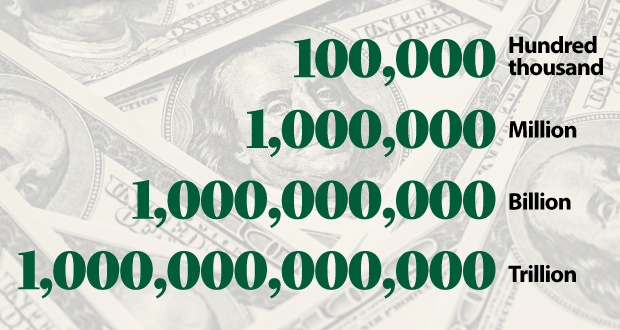



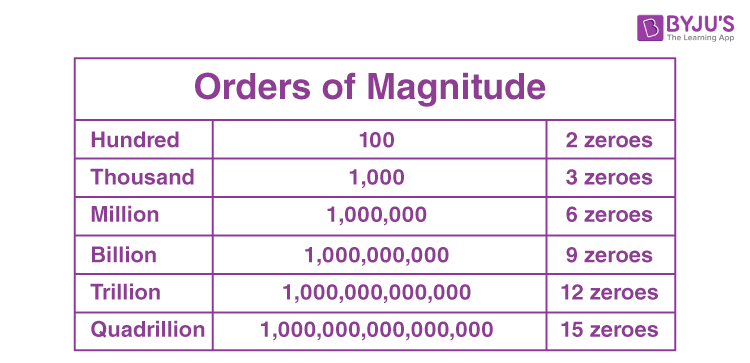



:max_bytes(150000):strip_icc()/BiggerThanMillion-58b734085f9b5880803990ff.jpg)

